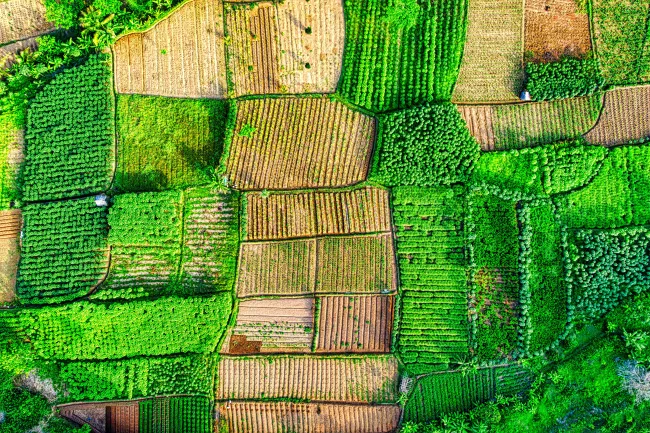This report by a coalition of NGOs including the Global Alliance for the Future of Food, provides guidance and motivation to integrate agroecology and food systems into national biodiversity plans, being negotiated at COP16.

Publisher’s summary
Food systems are closely connected to biodiversity, and the realization of many of the Global Biodiversity Framework (GBF) targets depends on transforming food systems. When designed well, food systems can simultaneously contribute to halting and reversing biodiversity loss, accelerating conservation and restoration of degraded land and water ecosystems, ensuring diversity of genetic resources, and maintaining and enhancing agrobiodiversity to bolster climate change adaptation and resilience.
There is increasing recognition that agroecology offers a promising integrated and holistic approach to designing and implementing food systems that work for biodiversity. Indeed, parties to the Convention on Biological Diversity (CBD) COP15 directly recognized the importance of agroecological food systems by including it in GBF Target 10: Enhance biodiversity and sustainability in agriculture, aquaculture, fisheries, and forestry. This has also been reflected in the political and technical prioritization of parties in the update of their National Biodiversity Strategies and Action Plans (NBSAPs); as of August 2024, 9 out of 13 post-COP15 NBSAPs submitted to the CBD explicitly include agroecology within their national objectives.
These developments reflect how addressing food systems has emerged as a frontier for policy action over the past decade to overcome siloed, sector-specific approaches.
Yet, the integration of agroecology in NBSAPs is not straightforward, and the following questions arise:
• How do the linkages between agroecology and the GBF go beyond Target 10?
• How can countries systematically integrate agroecology within their NBSAPs?
• Which intervention areas and concrete measures can be leveraged to reinforce national biodiversity action through an agroecological transformation of our food systems?
• Which means of implementation need to be considered to successfully deliver results across these intervention areas?
References
Read more here. See TABLE explainer, What is agroecology?




Comments (0)